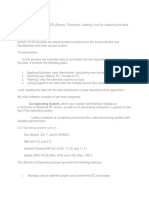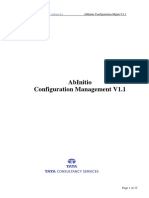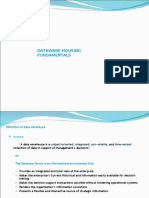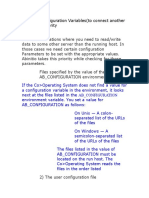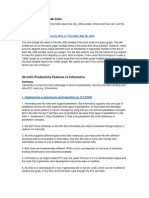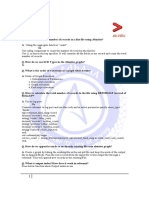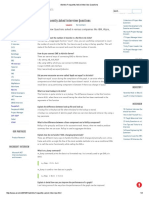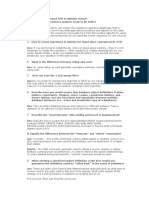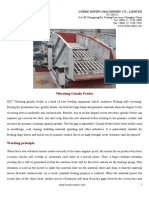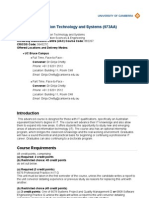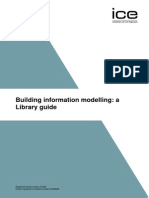0% found this document useful (0 votes)
262 views19 pagesComponent Reference
This document provides a reference to various components in Ab Initio. It lists 13 categories of components and describes some of the most common components. For example, it describes that the Aggregate component generates group summaries, the Assign Keys component assigns surrogate keys, and the Checkpointed Sort component sorts and merges records in a checkpointed manner between sorting and merging phases. It provides high-level descriptions of the purpose and usage for several key components to help users understand and utilize the different types of components available in Ab Initio.
Uploaded by
Prasad KoorapatiCopyright
© © All Rights Reserved
We take content rights seriously. If you suspect this is your content, claim it here.
Available Formats
Download as PDF, TXT or read online on Scribd
0% found this document useful (0 votes)
262 views19 pagesComponent Reference
This document provides a reference to various components in Ab Initio. It lists 13 categories of components and describes some of the most common components. For example, it describes that the Aggregate component generates group summaries, the Assign Keys component assigns surrogate keys, and the Checkpointed Sort component sorts and merges records in a checkpointed manner between sorting and merging phases. It provides high-level descriptions of the purpose and usage for several key components to help users understand and utilize the different types of components available in Ab Initio.
Uploaded by
Prasad KoorapatiCopyright
© © All Rights Reserved
We take content rights seriously. If you suspect this is your content, claim it here.
Available Formats
Download as PDF, TXT or read online on Scribd
/ 19














